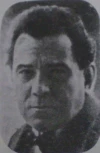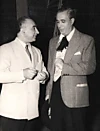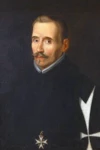Biography
(No Information)
Filmography
all 8
Movies 8
Writer 8
Information
Known ForWriting
GenderMale
Birthday1886-11-11
Deathday1976-06-30 (89 years old)
Birth NameFederico Romero Sarachaga
Birth PlaceOviedo, Spain
CitizenshipsSpain
AwardsGrand Cross of the Order of Civil Merit
This article uses material from Wikipedia.
Last updated:
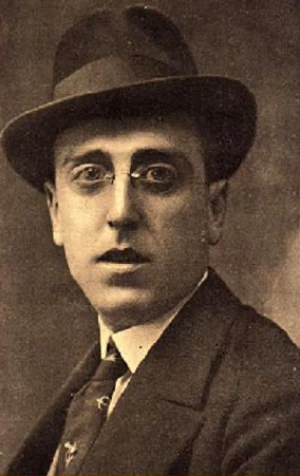 Federico Romero
Federico Romero- Filmography
- Information
- Related Persons
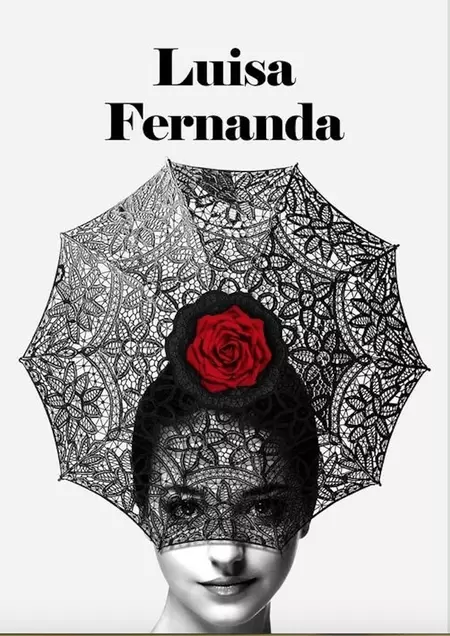
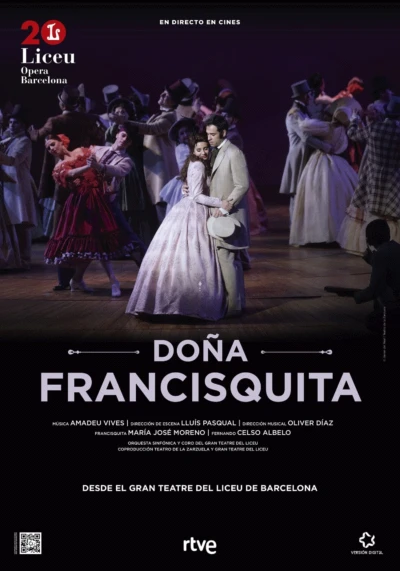

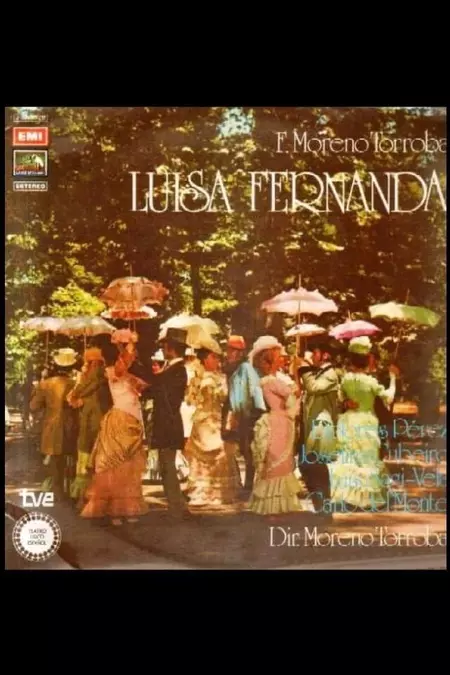
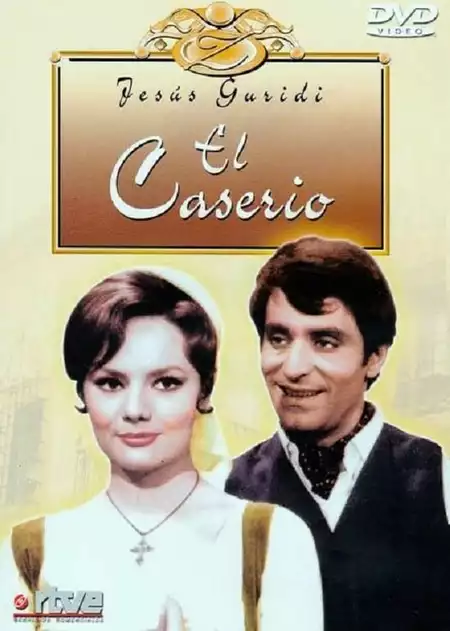
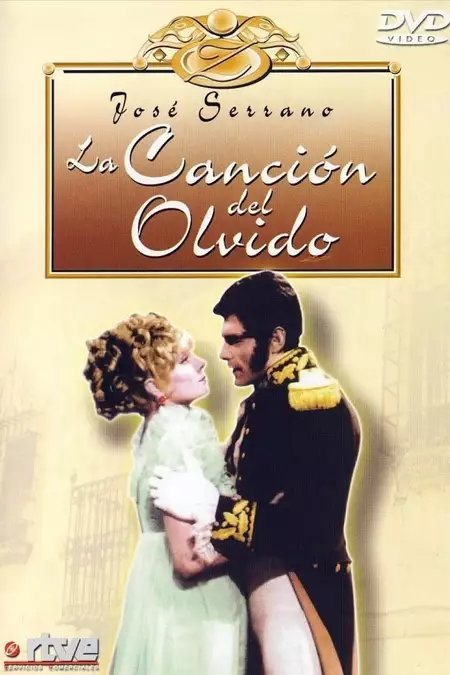
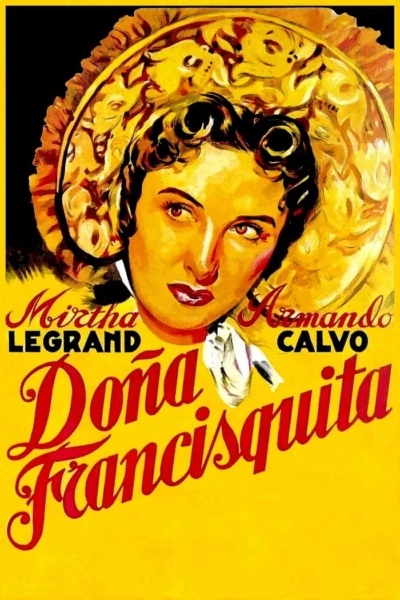


 ,
,